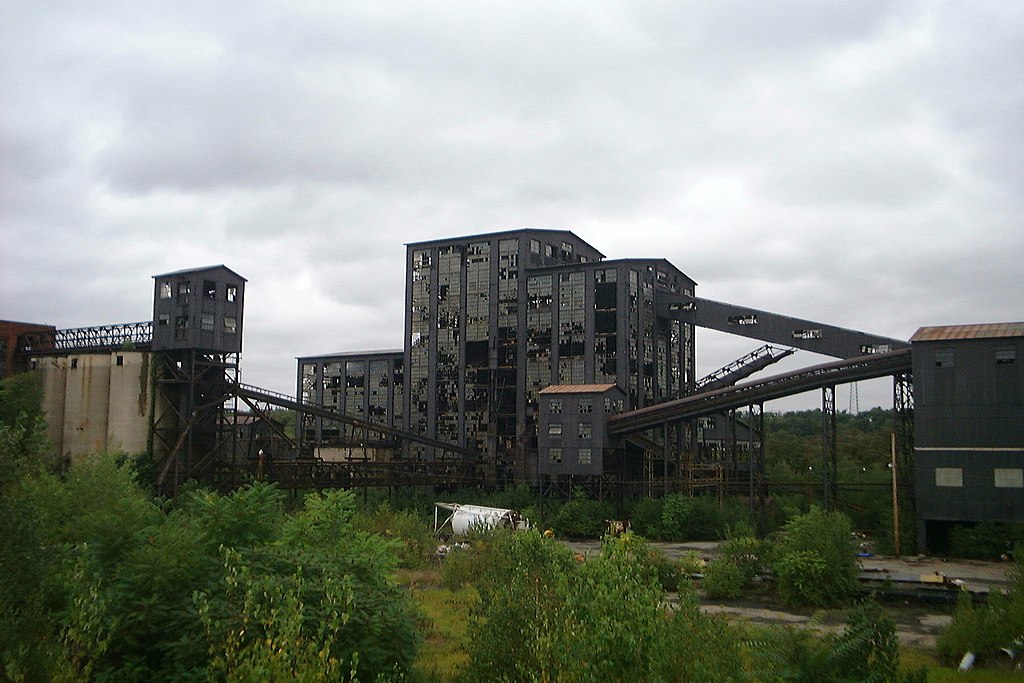The Rust Belt, a term that evokes imagery of abandoned factories, vacant lots, and the echoes of a bygone industrial era, spans across the Northeastern and Midwestern United States. Once the heart of America’s manufacturing prowess, this region has experienced significant economic and social shifts. Despite these changes, the Rust Belt remains a symbol of resilience and adaptation.
Historical Significance
In the early to mid-20th century, the Rust Belt was the cradle of American industry. Cities like Detroit, Pittsburgh, Cleveland, and Buffalo thrived on steel production, automotive manufacturing, and heavy industry. These industries provided well-paying jobs, which in turn supported vibrant communities and a burgeoning middle class. The region was synonymous with the American Dream, where hard work and determination led to prosperity.
The Decline
However, the latter half of the 20th century brought challenges that reshaped the Rust Belt. Globalization, technological advancements, and shifts in consumer preferences led to the decline of traditional manufacturing industries. Factories shuttered, jobs vanished, and communities faced economic hardship. The once-thriving cities experienced population decline, urban decay, and social strife. The term “Rust Belt” itself became a stark reminder of these struggles.
Resilience and Adaptation
Despite the economic downturn, the Rust Belt’s story is not solely one of decline. The region has shown remarkable resilience and capacity for reinvention. Efforts to diversify economies, invest in education, and attract new industries have borne fruit. Cities like Pittsburgh have transformed into hubs for technology, healthcare, and education. The rise of the “Eds and Meds” (education and medical) sectors has injected new life into the economy.
Cultural Impact
The cultural legacy of the Rust Belt is profound. The region has been a crucible for American music, art, and literature. Blues and rock ‘n’ roll found their roots in cities like Cleveland and Detroit. The gritty realism of Rust Belt literature captures the spirit of its people and their enduring hope amidst adversity. This cultural richness continues to inspire and shape America’s broader cultural landscape.
Looking Forward
Today, the Rust Belt stands at a crossroads. While challenges remain, there is a sense of optimism. Green energy initiatives, technological innovation, and infrastructure investments promise new opportunities. The commitment to revitalizing urban centers and supporting small businesses reflects a determination to build a sustainable future.
Conclusion
The Rust Belt’s journey from industrial powerhouse to economic challenge and finally to a beacon of resilience and transformation is a testament to the enduring spirit of its people. It serves as a reminder that, even in the face of adversity, there is potential for renewal and growth. The Rust Belt, with its rich history and vibrant culture, continues to play a crucial role in America’s narrative, proving that reinvention is possible and hope springs eternal.
__________________________________________________
Let’s take a closer look at some Rust Belt cities and their unique journeys:
Pittsburgh, Pennsylvania
Historical Significance: Once known as the “Steel City,” Pittsburgh was a major center for steel production and manufacturing.
Transformation: Today, Pittsburgh is a hub for technology, healthcare, and education. The presence of institutions like Carnegie Mellon University and the University of Pittsburgh has fostered innovation and economic diversification.
Detroit, Michigan
Historical Significance: Detroit, often referred to as the “Motor City,” was the heart of the American automotive industry. It was home to giants like Ford, General Motors, and Chrysler.
Transformation: After facing severe economic decline, Detroit is on a path to revitalization. Initiatives to attract new businesses, investments in arts and culture, and efforts to rebuild communities have shown promising results.
Cleveland, Ohio
Historical Significance: Cleveland was a major player in manufacturing and heavy industry, with significant contributions to steel production and other industrial sectors.
Transformation: Cleveland has reinvented itself with a focus on healthcare, biotechnology, and research. The Cleveland Clinic and Case Western Reserve University are key drivers of the city’s new economic landscape.
Buffalo, New York
Historical Significance: Buffalo was a vital industrial center, particularly known for its steel mills and grain elevators.
Transformation: Buffalo has embraced renewable energy and tourism as part of its economic revival. The restoration of historic sites and the development of waterfront areas have also played a role in the city’s resurgence.
Youngstown, Ohio
Historical Significance: Youngstown was another steel-producing powerhouse, with a strong identity tied to the steel industry.
Transformation: Youngstown has faced significant challenges, but efforts to diversify the economy, invest in education, and support entrepreneurship are paving the way for a more sustainable future.
